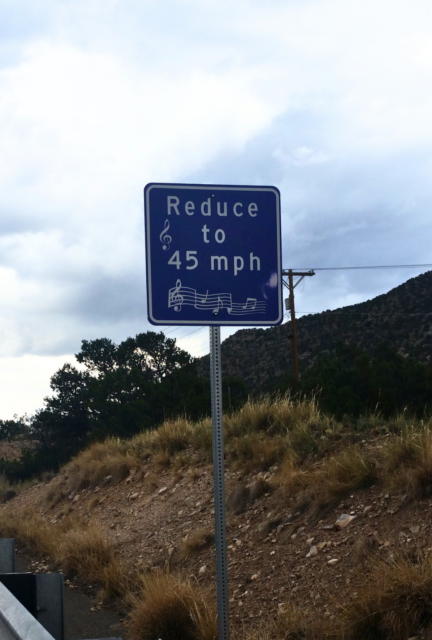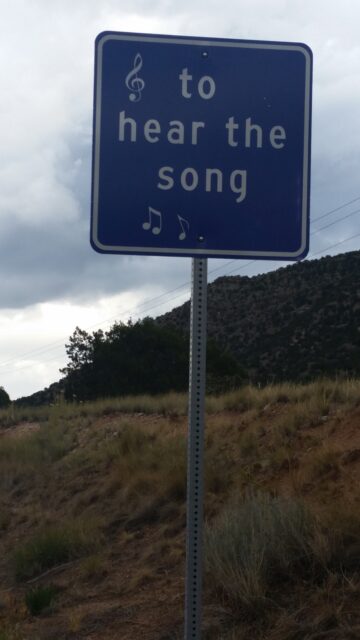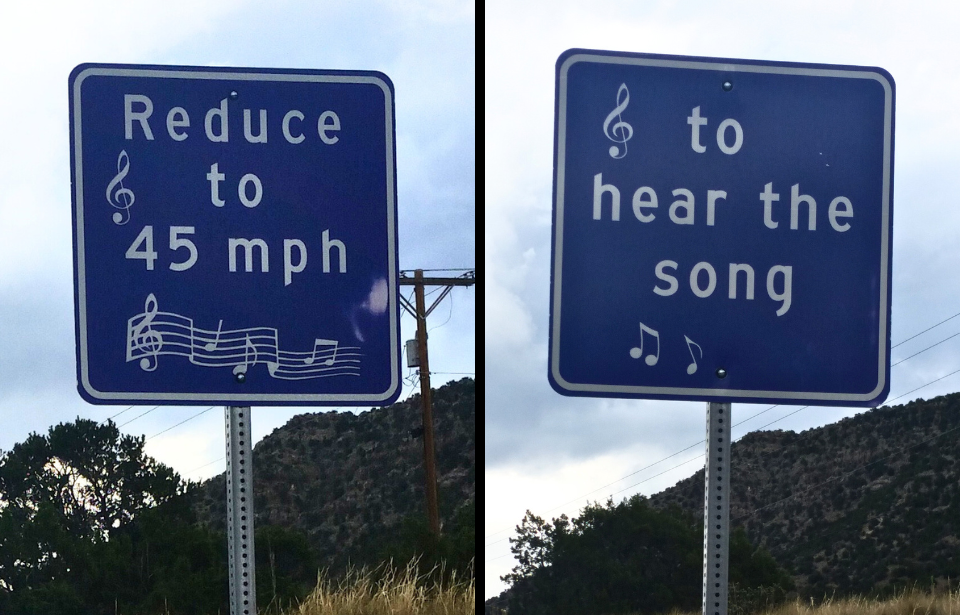Imagine cruising down a quiet stretch of Route 66 in New Mexico, where the road not only leads you to your destination but also serenades you with a melody. This is the reality of the Musical Road located in New Mexico. When it was first installed, it served as a fascinating attraction that blended music, engineering, and road safety. This innovative feature transformed road trips from boring and long to memorable and delightful. However, over time, the novelty has eroded.
New Mexico’s Musical Road is on Route 66

Situated near Tijeras, on the historic Route 66, the Musical Road was a marvel of acoustic engineering. This quarter-mile section of the highway was equipped with specially designed rumble strips that played music when driven over by cars at the correct speed. The Musical Road in New Mexico not only enhanced the driving experience but also served as one of many unique landmarks on the famed Route 66. Naturally, it attracted curious visitors from around the world who were eager to hear its tunes.
Driving at 45 MPH activates musical rumble trips

To experience the musical magic, drivers needed to maintain a speed of exactly 45 miles per hour. At this speed, the vibrations caused by the tires moving over the rumble strips translated into the notes of the patriotic song “America the Beautiful,” written back in the late 19th century. The speed limit was intentionally aligned with the speed required to play the tune, encouraging drivers to adhere to safe driving speeds. This innovative approach ensured that the musical effect was not only a fun experience but also doubled as a tool for promoting traffic safety.
Musical Roads are designed to promote safe driving speeds

Installed in 2014, the Musical Highway was a collaborative project between the New Mexico Department of Transportation and the National Geographic Channel. The primary goal was to create a unique and engaging way to encourage drivers to maintain safe speeds on this otherwise unremarkable stretch of road. The project was inspired by similar musical roads found in other countries such as Japan, Argentina, Denmark, and more and has successfully turned an ordinary highway into an interactive musical instrument.
Drivers enjoy the melodic journey on Route 66
The Musical Road was a hit among both locals and tourists. Many drivers found themselves making U-turns for another pass, eager to experience the novelty of a singing road. While the road has brought joy and a unique experience to many, updates over the years have affected the clarity and continuity of the musical notes.
Over time, the condition of the Musical Road has changed. By 2020, new asphalt affected the performance of the rumble strips, and by 2022, the removal of guiding signs made it difficult for new visitors to find the exact starting point of the musical section, diminishing the overall experience. A spokesperson for New Mexico’s Department of Transportation said, “…there are no plans to restore the musical highway. The cost is outrageous, and they have since restored portions of the roadway and removed all of the signs.”
More from us: 7,000-Year-Old Road Discovered Off the Coast of Croatia
Those who got to experience the Musical Road in New Mexico at its fullest were lucky, and we can only hope that discussions of restoration will open in the future.
